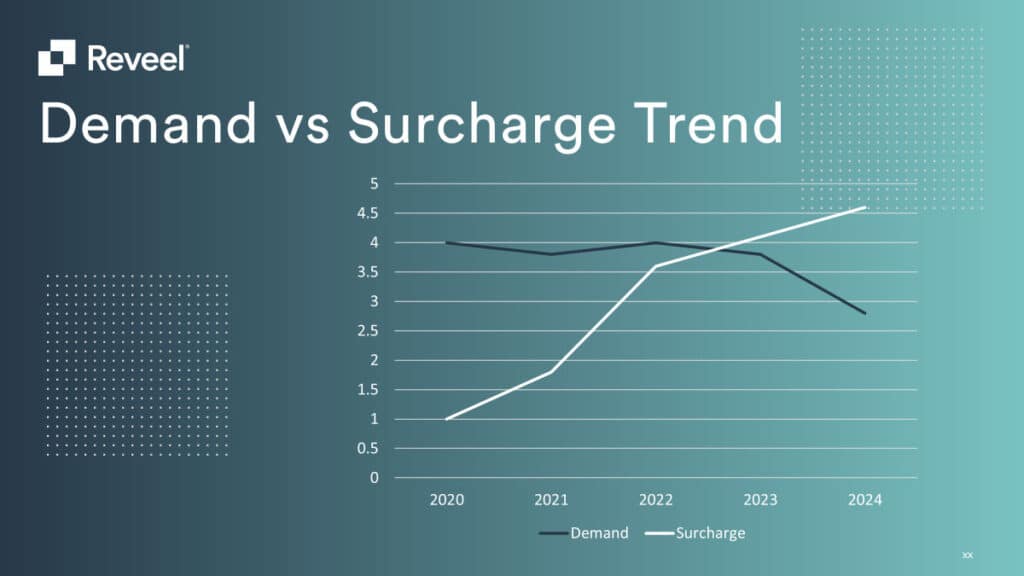In the rapidly evolving and intricate domain of parcel shipping, the analysis of invoice data is a critical component for maintaining cost-efficiency and optimizing operations. While off-the-shelf Business Intelligence (BI) tools offer a broad spectrum of data analysis capabilities, they often fall short in effectively handling the specialized requirements of parcel shipping invoice data. This article delves into the reasons why these generalized BI tools are not ideally suited for the parcel shipping sector.
What is Business Intelligence (BI)?
Business intelligence (BI) provides a variety of tools and processes that allow businesses to gather, analyze, and organize extensive data sets. BI tools help organizations derive actionable insights from their data by creating reports, summaries, graphs, charts, and dashboards.
The ultimate goal of BI is to simplify complex data. By transforming raw data into meaningful and actionable insights, organizations can facilitate data-driven decision-making to improve overall business performance.
Key Benefits of Using Business Intelligence Tools
For many organizations, business intelligence tools are critical for long-term success. BI tools can benefit businesses with:
- Data analysis: Data can be overwhelming, so BI tools help consolidate structured and unstructured data so businesses can make informed decisions.
- Visualization: From charts to dashboards to graphs, BI tools often have extensive visualization capabilities to identify trends, patterns, and outliers quickly.
- Enhanced customer experience: BI tools analyze customer data and uncover details on customer behavior, preferences, and feedback. With this information, businesses can personalize and improve their products and services to improve the customer experience.
- Budget allocation and cost reduction: BI tools help identify inefficiencies and cost-saving opportunities within an organization. By optimizing processes through data-driven insights, business leaders can reduce operational costs and allow you to create an efficient budget.
Overall, business intelligence tools play a crucial role in helping organizations harness the power of their data to drive growth and further innovation.
4 Disadvantages of Utilizing Off-The-Shelf BI Tools
The right BI tool can propel your business toward success, but off-the-shelf or pre-packaged software has many limitations.
- Complexity of Parcel Shipping Data
Parcel shipping invoices encompass a plethora of detailed information, including shipping rates, service types, dimensions, weight, fuel surcharges, and delivery zones. Each of these elements carries its own complexity and is subject to variable pricing models.
Unlike standard financial or sales data, shipping invoice data is highly specialized and requires a nuanced understanding of the logistics sector. Off-the-shelf BI tools are typically designed for more generalized data analysis and often lack the sophistication needed to accurately interpret and analyze the intricate details of shipping data.
- Dynamic and Varied Pricing Structures
The pricing models in the parcel shipping industry are not only complex but are also dynamic, changing based on a multitude of factors like shipment volume, dimensions, destination, and time-sensitive variables such as peak season surcharges.
Standard BI tools are usually not equipped to automatically adapt to these ever-changing pricing structures. They may struggle to update and interpret these fluctuations accurately, leading to potential misinterpretations of cost implications and operational inefficiencies.
- Carrier-Specific Variations
Each parcel carrier has its own set of billing practices, rates, and surcharges, making the data non-standardized across different carriers. To make matters worse, the data is poorly formatted. Ever looked at the raw shipping data? It’s a headache waiting to happen. Parcel invoice data requires extensive cleansing and normalizing before it can be useful for analysis.
Off-the-shelf BI tools often fail to accommodate these carrier-specific nuances, which are critical for accurate invoice analysis and cost comparison. Customization to each carrier’s unique billing format requires a level of specificity and flexibility that general BI tools do not typically offer.
- Lack of Industry-Specific Features
Parcel shipping requires specialized features such as auditing capabilities, contract evaluation and monitoring tools, and cost allocation methodologies. Off-the-shelf BI tools are not inherently equipped with these industry-specific functionalities. Businesses in the parcel shipping sector need tools that can not only analyze but also provide actionable insights specific to logistics and transportation. This includes the ability to identify billing errors, service failures, or opportunities for cost savings – areas where general BI tools may lack depth.
Level Up Your Parcel Shipping Operations
While off-the-shelf BI tools provide a broad range of analytical capabilities, their lack of specialization in the intricacies of parcel shipping invoice data makes them less effective for businesses in this sector. The complexity and dynamic nature of shipping data, combined with industry-specific requirements, necessitate more tailored, industry-focused solutions. Businesses in the parcel shipping domain are better served by specialized tools that are designed to handle the unique challenges and nuances of their industry.
Find the Right Business Intelligence Solution
Businesses that need extensive parcel shipping invoice data analysis require a sophisticated solution that can check all of the boxes. The leading solution is Reveel’s parcel shipping analytics software. Our solution identifies areas for improvement within the 6 key performance areas: service spend, surcharge spend, average cost per shipment, minimum charges, shipping weight, and average zone. Take action and start increasing your bottom line today by signing up for free.




